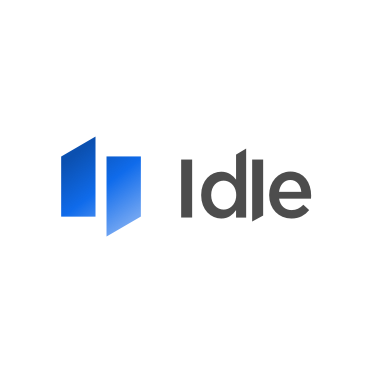
Idle Finance
Idle DAO is a decentralized collective that built a set of products that aim to unlock the power of decentralized finance as a one-stop source of yield. It allows users to algorithmically optimize their digital asset allocation across leading DeFi protocols, whether they want to maximize it or keep tabs on their risk-return profile
PoC Required
Rewards
Rewards by Threat Level
Mainnet assets:
Reward amount is 10% of the funds directly affected up to a maximum of:
$50,000Rewards are distributed according to the impact of the vulnerability based on the Immunefi Vulnerability Severity Classification System 2.2. This is a simplified 5-level scale, with separate scales for websites/apps and smart contracts/blockchains, encompassing everything from consequence of exploitation to privilege required to likelihood of a successful exploit.
The final reward for critical bounty payouts is capped at 10% of the funds at risk based on the vulnerability reported.
PoC is required for all levels.
Theft of yield or interest is considered as Medium but may be considered High depending on the amount of funds at risk.
Best practices critiques are not accepted under this program.
The likelihood of exploitability is also taken into consideration in the determination of the final payout amount based on the severity of the bug reported according to the table below:
| Medium | High | Critical | |
|---|---|---|---|
| Almost Certain | $5,000 | $20,000 | $50,000 |
| Likely | $3,000 | $10,000 | $25,000 |
| Possible | $1,000 | $5,000 | $10,000 |
| Unlikely | $500 | $1,000 | $5,000 |
| Almost Possible | $100 | $500 | $1,000 |
Payouts are handled by Idle Finance governance directly and are denominated in USD. Payouts under $10,000 are done in USDC. When payouts are over $10,000, the first $10,000 is paid in USDC and then the rest are paid in IDLE up to the total of $50 000.
Program Overview
Idle DAO is a decentralized collective that built a set of products that aim to unlock the power of decentralized finance as a one-stop source of yield. It allows users to algorithmically optimize their digital asset allocation across leading DeFi protocols, whether they want to maximize it or keep tabs on their risk-return profile
Currently, Idle DAO product suite includes:
-
Best-Yield: this strategy combines multiple money markets to automatically provide the highest interest rates, beating the best traditional offerings across interest-bearing tokens and DeFi protocols.
-
Yield Tranches: this product allows users to deposit assets in a Defi protocol with two risk-adjusted investment profiles (Senior and Junior) with different risks/rewards ratio
The bug bounty program is focused around the Idle protocol Best Yield V4 and Yield Tranches smart contracts and the prevention of loss of user funds.
KYC not required
No KYC information is required for payout processing.
Proof of Concept
Proof of concept is always required for all severities.
Responsible Publication
Category 2: Notice Required
Prohibited Activities
- Any testing on mainnet or public testnet deployed code; all testing should be done on local-forks of either public testnet or mainnet
- Any testing with pricing oracles or third-party smart contracts
- Attempting phishing or other social engineering attacks against our employees and/or customers
- Any testing with third-party systems and applications (e.g. browser extensions) as well as websites (e.g. SSO providers, advertising networks)
- Any denial of service attacks that are executed against project assets
- Automated testing of services that generates significant amounts of traffic
- Public disclosure of an unpatched vulnerability in an embargoed bounty
- Any other actions prohibited by the Immunefi Rules
Feasibility Limitations
The project may be receiving reports that are valid (the bug and attack vector are real) and cite assets and impacts that are in scope, but there may be obstacles or barriers to executing the attack in the real world. In other words, there is a question about how feasible the attack really is. Conversely, there may also be mitigation measures that projects can take to prevent the impact of the bug, which are not feasible or would require unconventional action and hence, should not be used as reasons for downgrading a bug's severity.
Therefore, Immunefi has developed a set of feasibility limitation standards which by default states what security researchers, as well as projects, can or cannot cite when reviewing a bug report.

